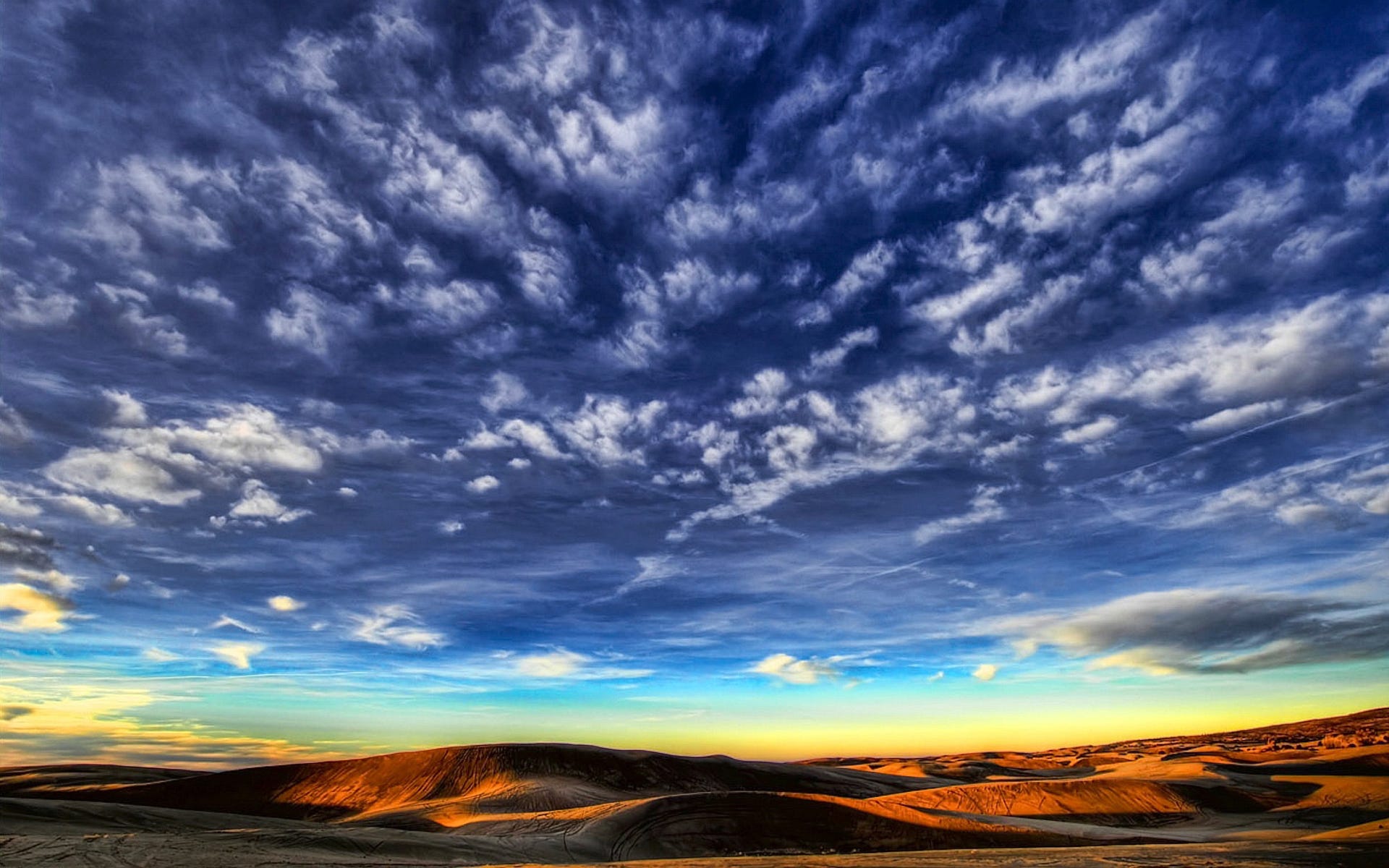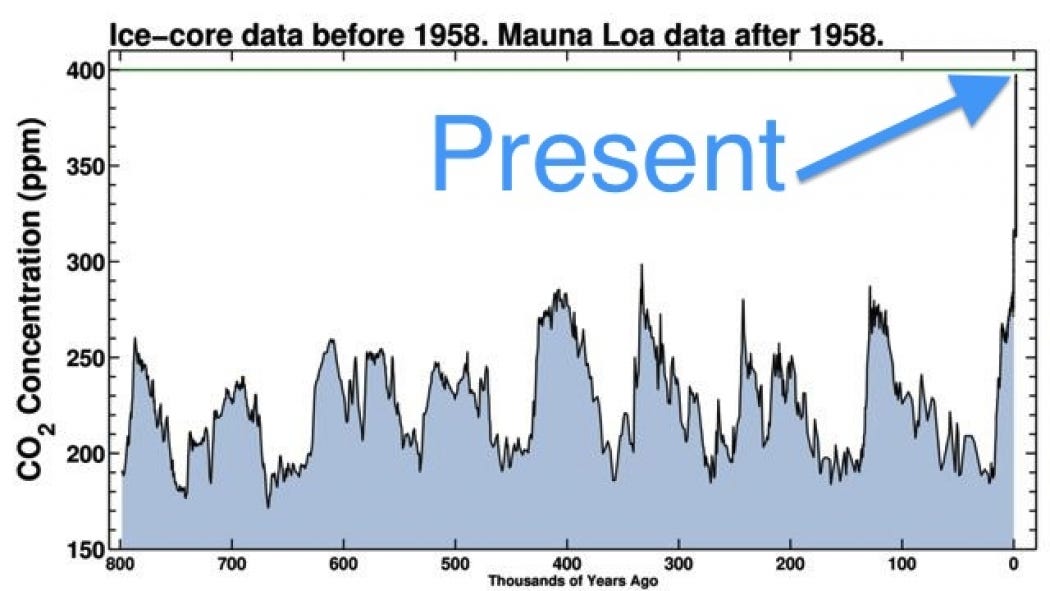The Simple Science Of Global Warming

A five-minute primer
Recently, I found myself in a conversation with a global warming skeptic who said she was willing to change her mind if only someone could give her a five-minute explanation of how climate change worked. I opened my mouth to list all the stats and tell her 97% of climate scientists believe in human-caused global warming, but then I thought better of it. She had probably heard these arguments multiple times and wanted an explanation and not more talk about parts per million of carbon dioxide or potential sea level rise 100 years from now. Moreover, I realized that despite being a firm believer in human-caused global warming and an advocate for action, I didn’t actually know how the science worked. This was quite an embarrassing situation and I set out to form my own five-minute explanation.
Instead of countering denier’s arguments with endless facts, I want to be able to walk them through the science and show that climate change is not an overly complex theory that only a handle of elite scientists can understand. In the process of forming my own explanation, I was reminded once again that you really don’t understand a topic until you have to explain it to others!
The Five Minute Explanation
Our atmosphere is composed of many gases that interact with light in different ways. All gases allow some energy from the sun (in the form of visible light) to pass through and reach the surface of the Earth. The Earth absorbs and then re-emits this energy as infrared radiation, which some gases, namely carbon dioxide (CO2), water vapor (H20), and methane (CH4), partially block from passing back into space. Instead, these “greenhouse” gases reflect the infrared radiation in all directions, including back towards the Earth increasing the temperature of the planet. This is what people are talking about when they say “greenhouse effect.” The greenhouse effect is a natural process, and, without our atmosphere, the temperature of the Earth would be about 0 F.
Greenhouse Effect (source)
The temperature our planet fluctuates as the concentration of gases in the atmosphere changes. Historical observations show that as carbon dioxide levels increase, temperature also rises because of an increased greenhouse effect. In fact, we know that temperatures have been higher (and much lower) in the past than they are now! Nature is very good at self-regulating and when the climate undergoes a sustained shift in one direction , there are natural mechanisms that will eventually push it the other way. However, about 150 years ago, humans entered the climate picture when we began extracting energy from oil, coal, and natural gas.
Even as a proponent for climate activism, I admit these sources of fuels have been an incredible short-term benefit to humanity, powering the high-quality of life we enjoy today. Nevertheless, looking only at the immediate payoffs obscures the downsides of fossil fuels, namely the pollution, such as carbon dioxide, that results from burning them. Levels of carbon dioxide rise and fall naturally over time, changes that we can measure from ice cores drilled at the Poles. These are processes that would occur with or without humans on Earth and climate cycles are a historical fact. However, what distinguishes the past 150 years is the incredibly rapid increase in carbon dioxide levels.
 Carbon Dioxide in the Atmosphere (source)
Carbon Dioxide in the Atmosphere (source)
Based on past observations that temperatures rise with an increase in carbon dioxide and our knowledge of the greenhouse effect, we can conclude that increasing levels of carbon dioxide from using fossil fuels will lead to an increase in global temperatures. From the historical records, we also know that elevated temperatures cause sea levels to increase, storms to be more severe, and distributions of plant and animals species to change dramatically. I have to mention that the magnitude of these changes is very uncertain. Among climate scientists, the debate over human-caused global warming has been settled, but any reputable scientist will admit the possible effects cannot be exactly predicted. Some areas of the globe could even benefit, but overall, it is in our best interest to decrease the rate of change so we are able to adequately adapt.
When explaining technical concepts, I like to emphasis that science is a human endeavor. Science is not a faceless institution that issues statements for its own benefits. Rather, it is a collection of diverse individuals all of whom genuinely try to use the scientific method to improve the world. Moreover, there are rigorous discussions about every scientific concept that are left out of the media summary of current findings. In the case of climate science, there was plenty of debate — Svante Arrhenius first proposed that burning fossil fuels would lead to temperature increases in 1896, and as late as the 1990s there were still mainstream doubts about the role of humans in global warming. However, there is now overwhelming agreement that humans are causing the climate to change. All the scientists I have spoken to are concerned not with enriching their own bank account, but in helping us to collectively address this problem. I think my generation (the ‘lazy’ millennials) need a crisis to bring us together, and there is no more monumental challenge than addressing climate change. The first step in solving any problem is admitting we have one, and taking the five minutes to explain how global warming works to someone who is not yet convinced will allow us to move beyond arguing and start taking action.
A great free online resource for learning about climate change is Skeptical Science. For anyone wanting a readable introduction to climate change the best book to start with is Elizabeth Kolbert’s Field Notes from a Catastrophe.
As always, I welcome feedback and constructive criticism. I can be reached at wjk68@case.edu